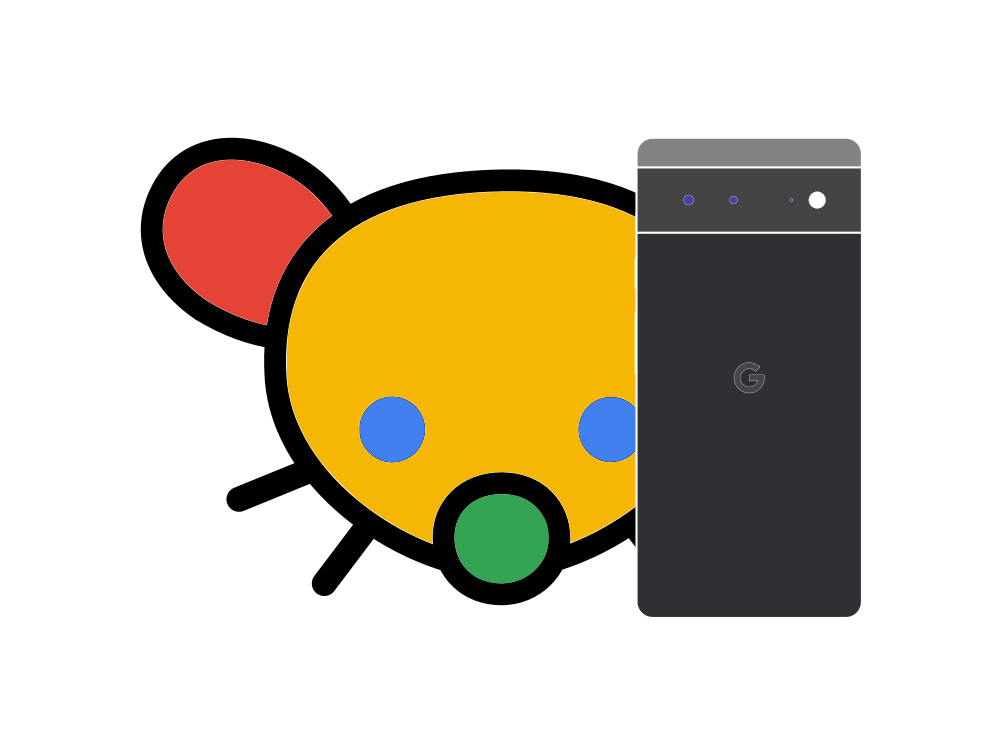

I switched to AirVPN about 6 months ago and I’ve been really happy with the service. Was previously using NordVPN, which was fine, but I was looking for a VPN provider that offered port forwarding and AirVPN does that. I don’t have hard stats on this, but I do feel that having access to port forwarding has improved my overall torrent speeds since switching.















I agree that stability, durability and ease of manufacture were the likely reasons.They probably weren’t intended to be seen as webbed feet though. More likely they’re meant to depict taloned claws clutching a sphere.